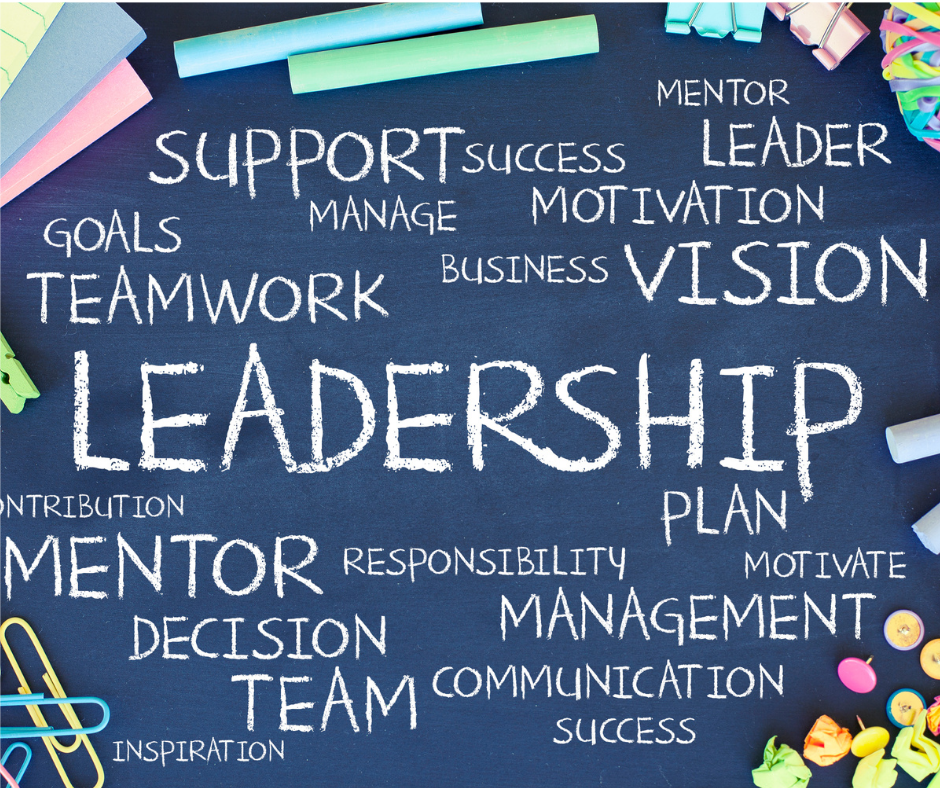
 Very few people are natural, born Leaders. Most of us need to learn, develop, and improve on those qualities that make us a great Leaders.
Very few people are natural, born Leaders. Most of us need to learn, develop, and improve on those qualities that make us a great Leaders.
How you show up and step up as Leader impacts everything from the engagement and commitment of your team to the output and results of your department or business
Everything starts and ends with you. What you do and how you behave can make the work environment better or worse.
Strong Leaders are essential for the growth and success not only of a business but for the growth and success of their employees too. Taking strides to facilitate development of the necessary and essential leadership qualities is key towards improving culture and productivity and ultimately the results of the department, division or business.
It’s also, importantly, how a business stays ahead of the game
To be an effective Leader you need more than just technical skills and qualifications. Developing the whole package in terms of great Leadership skills, knowledge, behaviours and competencies is required to not only drive business performance but to also support your progression within a business and your career development in general.
So how do you know where your Leadership qualities and strengths are currently and how do you identify those you want to develop?
One of the most important steps is to first understand the reason you want to develop.
For example, are you looking to up your game and raise your performance within your current role or are you wanting to gain skills, knowledge experience and behaviours in order to grow for a future, aspirational role? Is it a particular skill, behaviour or competency you wish to develop or is it a piece of knowledge you need to acquire or an experience you want to have?
Once you know why you can then begin to identify the qualities you want to improve.
Here are 5 ways you can identify your leadership qualities.
1. Seek Feedback:
Seek feedback from your line manager, key stakeholders and your direct reports. This could be as simple as utilising a start, stop continue form, asking what they think you do well and could improve upon, revisiting feedback from an annual appraisal or asking for specific feedback about your performance within a defined occurrence such as how you came across in a meeting or presentation.
Learn how to listen to feedback and take it onboard and get into the habit of providing regular performance feedback to others.
2. 360 Feedback
Another way to identify your leadership qualities is to use a 360 feedback process. 360s are so called because they provide an “all round view” by obtaining feedback from colleagues, subordinates, supervisors / line managers (and sometimes customers, and suppliers) the person seeking 360 feedback also completes a self-assessment.
In practice, around eight to twelve people fill out an anonymous feedback form. The 360 form typically contains questions covering several aspects of workplace competencies which are usually questions with a rating scale along with written comments on specific questions.
When collated the report provides well rounded feedback across a wide range of work related aspects and provides themes on a Leaders strengths and development areas.
3. Personality / Behavioural Assessments
Personality and behavioural assessments help to identify potential strengths and weaknesses in an individual, team and function.
They can be really valuable in identifying the strengths and development opportunities against particular roles or competencies (like Leadership, Remote Working and Emotional Intelligence competencies) and highlighting strengths and developments against specific traits.
There are many different types of assessment in the market place so it’s worth researching the one that is right for you.
4. Self-Evaluation
Reflect on your own performance. Be honest with yourself about the things you know you do really well and also the things that you find more difficult. Make a list of the areas in which you want to develop and maybe use a learning log to capture the key areas you wish to develop either during new experiences or when you encounter something you find more difficult day to day.
5. Step Out of Your Comfort Zone
It is often said that success comes on the other side of your comfort zone and this is usually where we learn and grow the most. So, adopt a mindset of continuous learning and try taking the initiative more often. Volunteer to take on more responsibilities by going above and beyond in your current position. Focus on learning the skills, knowledge and competencies that fall outside your usual knowledge area.
Once you have identified your Leadership qualities, both those which you are already great at and those you wish to develop, it’s time to create a plan of action often called a PDP or personal development plan to map out your journey to success and to commit to action.
For more information contact me, Chrissie Coates on Christine@utransition.co.uk or on 0203 3755 509
U Transition – Empowering businesses to bring out the best in everyone, because everyone matters.
